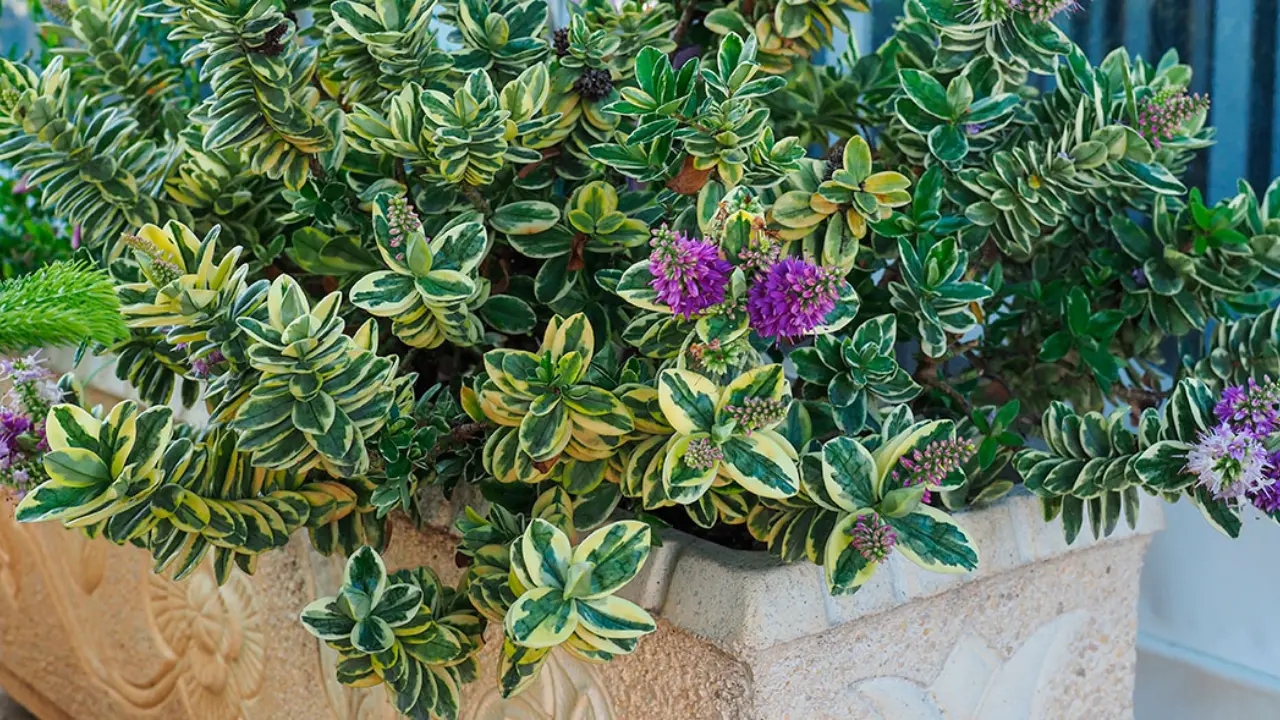Are you looking for a way to add vibrant and scented flowers to your garden? Do you want to develop a vine that can easily cover a wall, trellis, or fence? Then you might want to think about cultivating morning glory. Fast-growing morning glory produces large, trumpet-shaped flowers in a variety of colors, including purple, pink, blue, and white. It can adapt to different soil conditions and is simple to grow from seed. If not controlled, it can also become invasive. In this article, we will show you how to plant and grow morning glory in your garden. Additionally, we will cover some morning glory maintenance advice as well as solutions to typical issues. You can take advantage of the morning glory’s beauty and fragrance from summer to fall by following these instructions. Read on to learn more.
Planting Seeds
- Purchase or obtain morning glory seeds from a store or a friend’s plant. Round pods containing the seeds turn brown and dry when they are mature.
- Once the soil is warm and the cold has passed, sow the seeds outside. Choose a sunny location with something for the vines to climb.
- Before planting, scratch or soak the seeds to help them grow faster. You can either file a small hole in the seed coat or soak them in water overnight. This will cause them to sprout a root that resembles a small worm.
- Plant the seeds about 1/2 inch deep and 6 inches apart in well-draining soil. To improve drainage, mix small rocks, sand, or compost into the soil. Do not use too rich or good soil, as this will result in fewer flowers.
- Water the seeds thoroughly and keep the soil moist until the plants emerge.
Caring for Plants
- Remove some plants when they reach about 3 inches in height, leaving only the strongest ones. You can either relocate the extras or give them away.
- If you started the plants inside, get them used to being outside. Allow them to grow outside for a week or two before planting them in their permanent location.
- As the plants grow, provide a stick, trellis, or fence for them to climb on. The vines will cling to the support with their thin stems. They can also be used to cover an arch, roof, or wall.
Caring for Morning Glories
- Water the plants frequently, especially when the weather is dry. How to Grow Morning Glory like wet but not soggy soil.
- When the plants have flowers, feed them nutrient-rich food once a month. Avoid using nitrogen-rich foods, which can result in more leaves and fewer flowers.
- Remove the old flowers to produce new flowers and prevent self-seeding. Morning glories can produce hundreds of seeds, which can germinate in places you do not want them to. If you want, you can save the seeds for next year.
- Cut the vines as needed to keep their size and shape under control. At any time, you can remove any dead, sick, or injured stems. Trim the vines at the end of the season when there are no more flowers.
Morning glories are attractive and simple-to-grow plants that can add color and fragrance to your garden. You can enjoy their flowers from summer to fall if you take good care of them and keep an eye on them.
Common Problems and Solutions
Morning glories are typically easy to grow, but they can occasionally be infested with bugs and diseases. Here are some common issues and solutions:
- Aphids are small, green bugs that feed on the juice of morning glories’ leaves and stems. They can cause the leaves to turn yellow, curl, and change shape. They can also infect plants with viruses. Spray the plants with water or use a bug-killing soap or oil to get rid of aphids.
- Leaf miners are tiny flies that dig inside the leaves, leaving white or brown lines in their wake. They have the potential to make plants less green and stronger. To get rid of leaf miners, remove and discard the infected leaves, or use a spray that kills bugs inside plants.
- Spider mites are small red spiders that feed on the undersides of leaves, creating dots, webs, and color changes. They prefer hot and dry conditions and can produce a large number of babies quickly. Spray the plants with water or use spider-killing sprays or oils to get rid of spider mites.
- Rust is a type of fungus that causes orange or brown bumps on the leaves and stems of plants. It has the potential to reduce plant growth and flowering. To prevent rust, avoid watering from above and leave enough space for air to circulate. To treat rust, remove and dispose of the infected parts, or use a fungicide spray.
Morning glories are tough and adaptable plants that can overcome most challenges with proper care. However, if you notice any signs of a bug or disease attack, act quickly to prevent further damage and spread.
Common Problems and Solutions
Morning glories are typically easy to grow, but they can occasionally be infested with bugs and diseases. Here are some common issues and solutions:
- Aphids are small, green bugs that feed on the juice of morning glories’ leaves and stems. They can cause the leaves to turn yellow, curl, and change shape. They can also infect plants with viruses. Spray the plants with water or use a bug-killing soap or oil to get rid of aphids.
- Leaf miners, which are baby flies that dig inside the leaves and leave white or brown lines, are another issue. They have the potential to make plants less green and stronger. To get rid of leaf miners, remove and discard the infected leaves, or use a spray that kills bugs inside plants.
- Spider mites are small red spiders that feed on the undersides of leaves, creating dots, webs, and color changes. They prefer hot and dry conditions and can produce a large number of babies quickly. Spray the plants with water or use spider-killing sprays or oils to get rid of spider mites.
- Rust is a type of fungus that causes orange or brown bumps on the leaves and stems of plants. It has the potential to reduce plant growth and flowering. To prevent rust, avoid watering from above and leave enough space for air to circulate. To treat rust, remove and dispose of the infected parts, or use a fungicide spray.
How to Grow Morning Glory are tough and adaptable plants that can overcome most challenges with proper care. However, if you notice any signs of a bug or disease attack, act quickly to prevent further damage and spread.
Conclusion:
Finally, morning glory is a beautiful vine that will add color and fragrance to your garden. It is simple to grow from seed and can withstand a variety of soil conditions. However, if not controlled, it can become invasive. To successfully grow morning glory, follow these steps: Plant the seeds in a sunny spot after the last frost, with support for the vines to climb on. Before planting, scratch or soak the seeds to help them germinate faster. Water the plants regularly, particularly during dry spells. When the plants are in bloom, feed them with a balanced fertilizer once a month. Deadhead faded flowers to promote more blooming and avoid self-seeding. Prune the vines as needed to keep their growth and shape under control. Keep an eye out for and treat common pests like aphids, leaf miners, spider mites, rust, and powdery mildew. Happy gardening!



